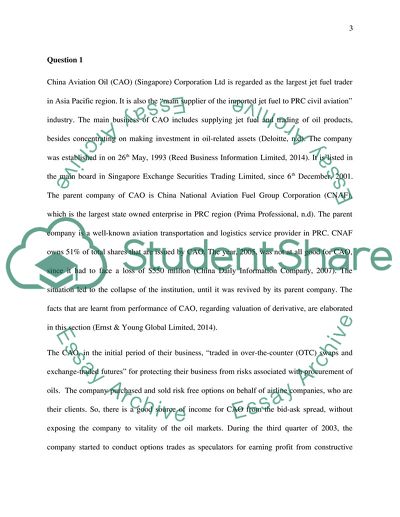Cite this document
(“Securities Markets 2 (Assignment) Assignment Example | Topics and Well Written Essays - 2500 words”, n.d.)
Securities Markets 2 (Assignment) Assignment Example | Topics and Well Written Essays - 2500 words. Retrieved from https://studentshare.org/finance-accounting/1628320-securities-markets-2-assignment
Securities Markets 2 (Assignment) Assignment Example | Topics and Well Written Essays - 2500 words. Retrieved from https://studentshare.org/finance-accounting/1628320-securities-markets-2-assignment
(Securities Markets 2 (Assignment) Assignment Example | Topics and Well Written Essays - 2500 Words)
Securities Markets 2 (Assignment) Assignment Example | Topics and Well Written Essays - 2500 Words. https://studentshare.org/finance-accounting/1628320-securities-markets-2-assignment.
Securities Markets 2 (Assignment) Assignment Example | Topics and Well Written Essays - 2500 Words. https://studentshare.org/finance-accounting/1628320-securities-markets-2-assignment.
“Securities Markets 2 (Assignment) Assignment Example | Topics and Well Written Essays - 2500 Words”, n.d. https://studentshare.org/finance-accounting/1628320-securities-markets-2-assignment.


